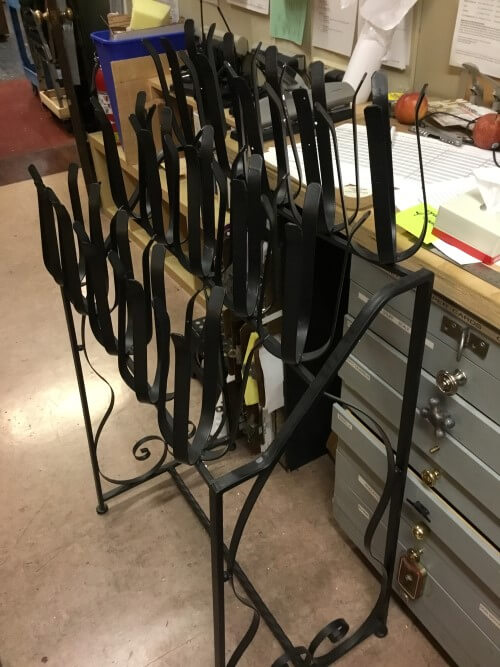Backstage with Matthew: Recreating History
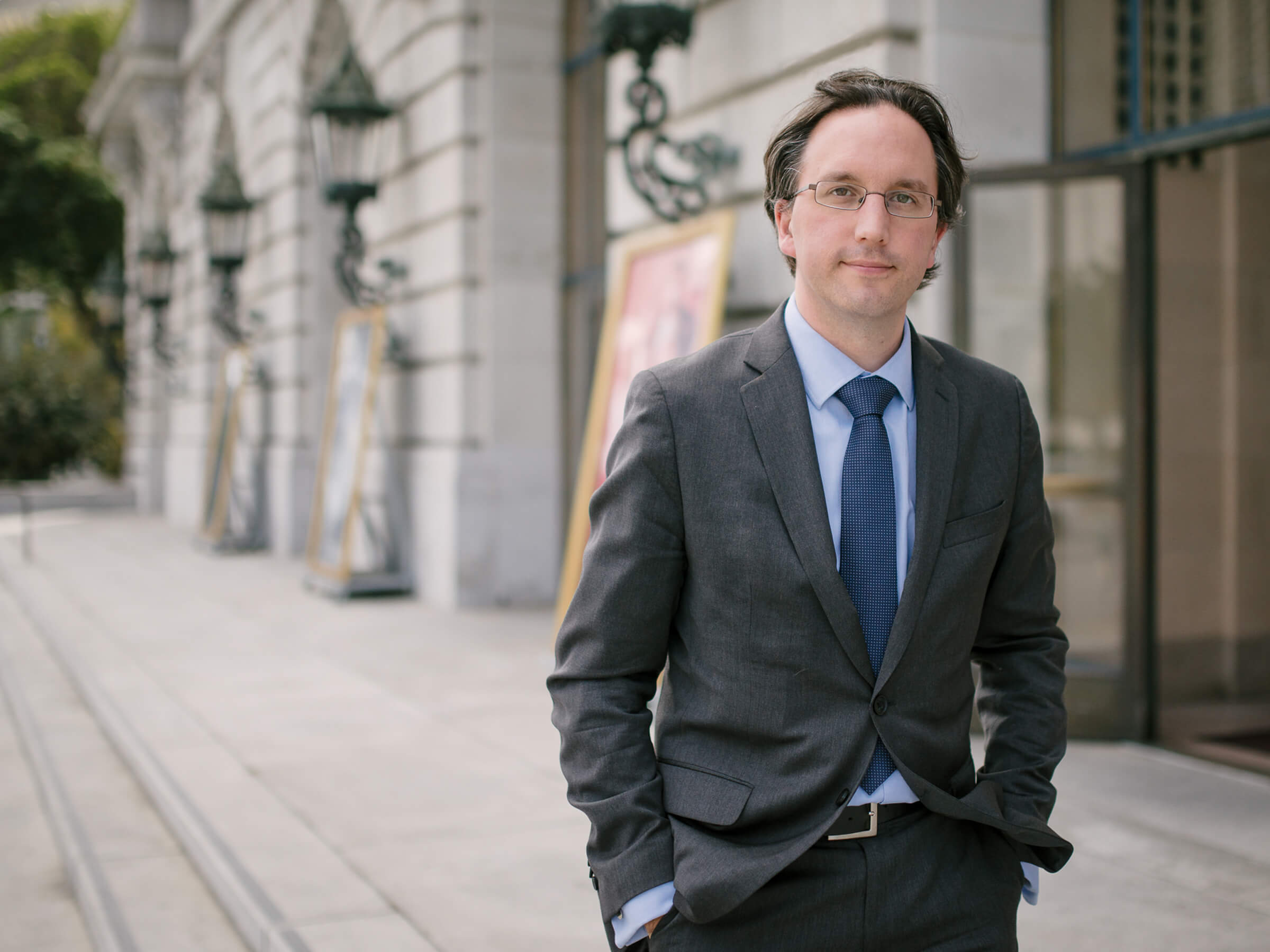

In these final few days of rehearsal, all departments are busy adding final touches to ensure that this is a spectacular experience. I thought it would be interesting to visit the Props (properties) department who are working on a multitude of fascinating projects, each of which gives a glimpse into the care, thought and skill behind this Tosca. (Properties are anything physical onstage that is not large-scale scenery, costumes or people, so can include furniture, food, weaponry, papers, objects and even animals!)
Some props can be defined in advance by the set designer, but others come organically out of the rehearsal process, for example, how a candlestick will be used will affect its construction and design. A significant amount of prop development goes hand in hand with the unfolding rehearsal process, dramatic needs and aesthetic creation unfolding symbiotically.
The creation of Scarpia’s desk in Act 2 is a fascinating microcosm of the multi-layered process of props creation. Our phenomenal props team, headed by Lori Harrison, can create almost anything using any materials. For this desk, we are actually using our prior Tosca production’s desk as the basis, given that it works size-wise and structurally. (Incidentally, this desk began its life in War and Peace in 1991!) But to ensure it fits with the new production, it will have a paint treatment to give it a much darker feel and will be topped with leather. The edges of the leather would have traditionally been embossed but embossing would be prohibitively expensive, so Lori and her team have found some leather-embossed belts with which they can edge the desk, giving the same effect.
Much of our props work is about determining how to create convincing, lasting solutions at an affordable price.
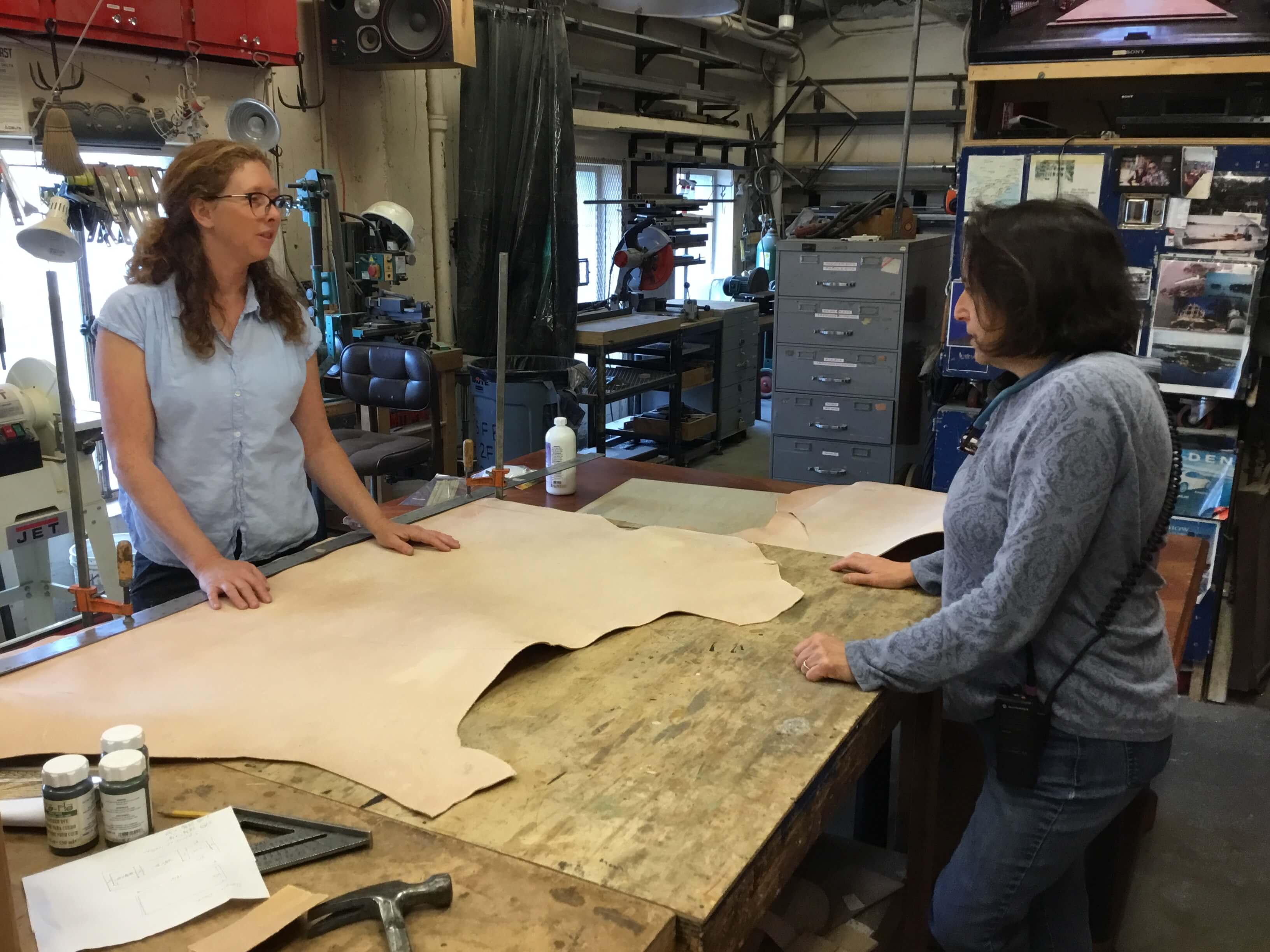
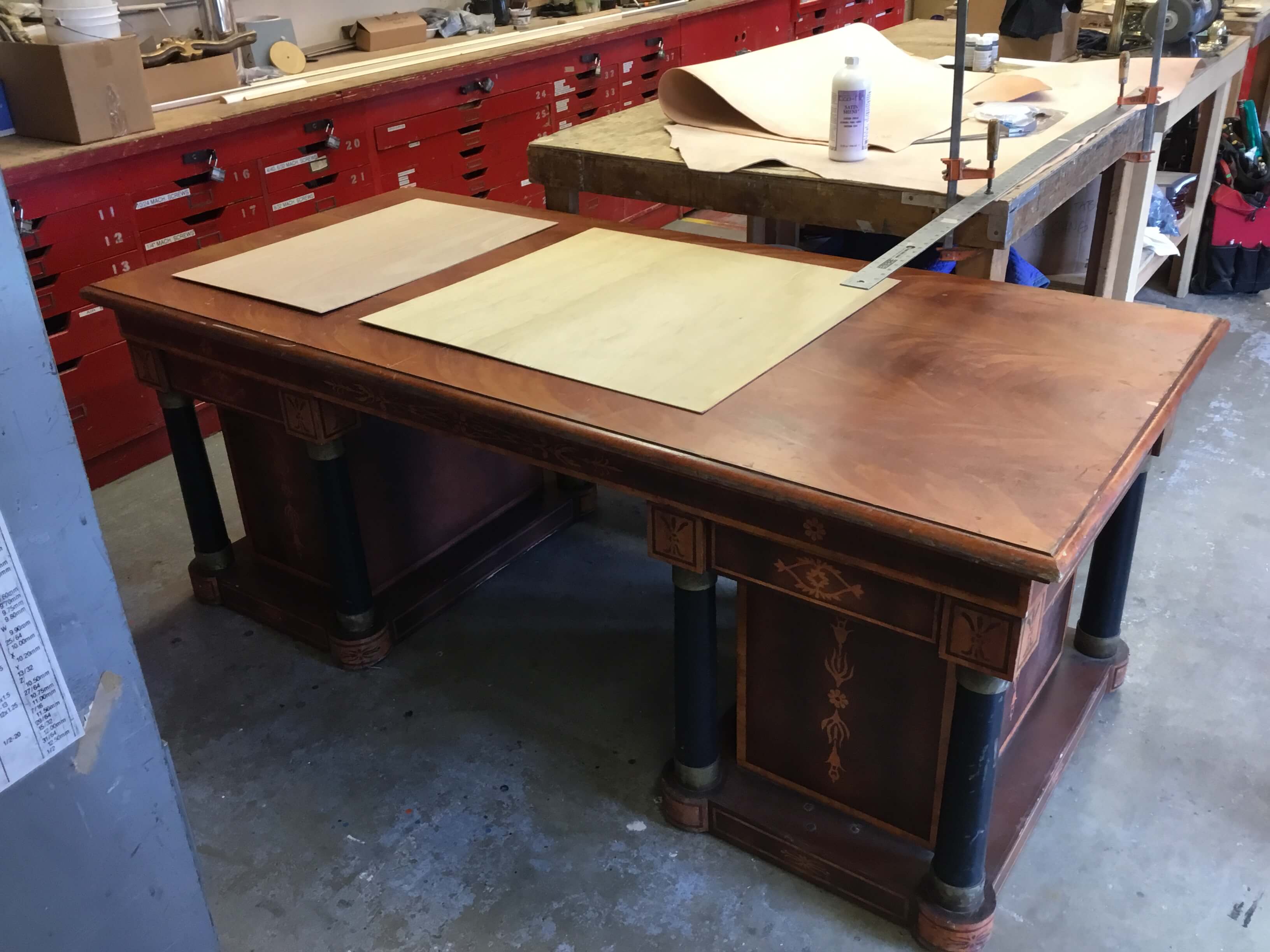
This balance of design and cost has also been true with the ecclesiastical accoutrements. Lori tells me that church metalware, even fake metalware, is incredibly hard to come by. Some vendors will not even sell to non-ecclesiastical organizations, and others know that they can command an incredibly high price for candlesticks, crosses, etc. So the props team has worked to pull together an assortment of objects, polishing up old pieces, and creating some new pieces from scratch. Interestingly, there isn’t too much cross-over from the prior Tosca in terms of church objects. The prior Tosca didn’t have a high altar, but our new Tosca has a resplendent high altar for the Te Deum, and thus we need all the ecclesiastical chattels that we can find.
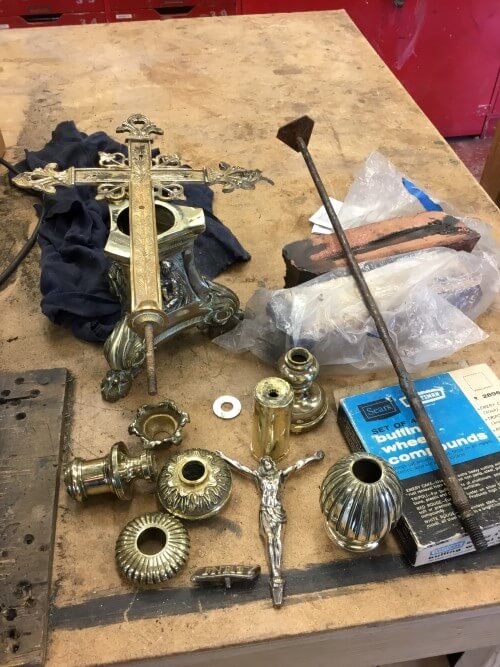
We are also creating religious banners from scratch, utilizing actual church paintings that our designer Robert was able to find, and we’re incorporating them into banners, here stitched by Tara Pellack.
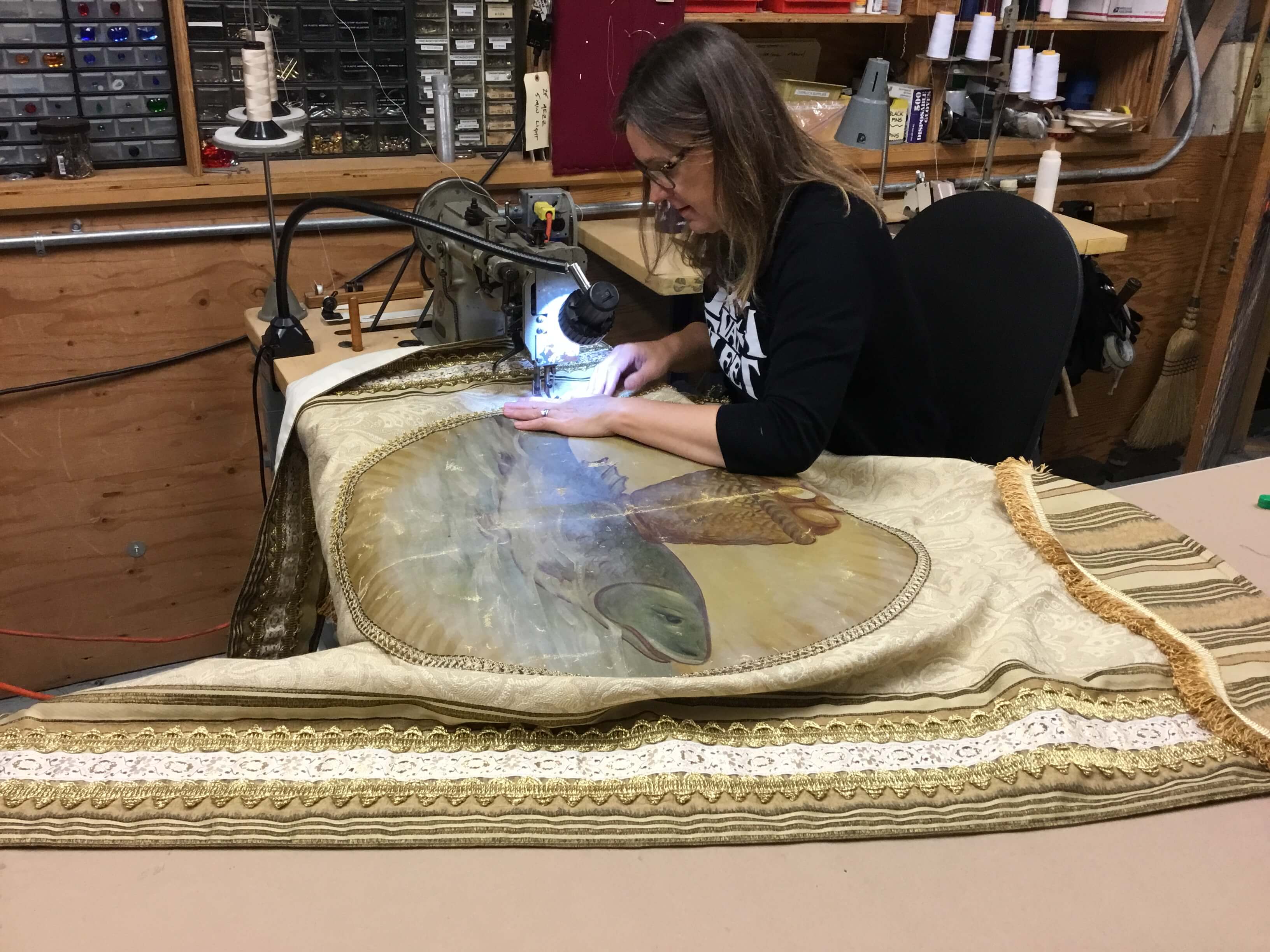
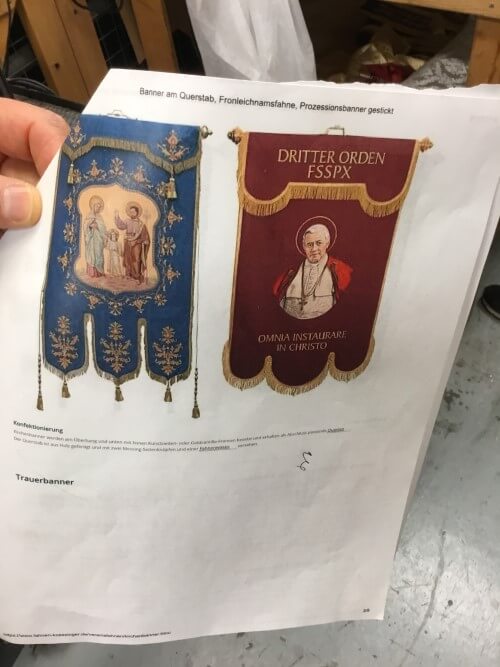
Our last Tosca was quite Victorian in its props, which is not surprising as it was aesthetically connected to the original production of Tosca in Rome in 1900. Although the designers then may have been striving for an 1800 look, they had few of the research tools available to a modern-day props department. The level of research and fidelity now possible is amazing, particularly when you have the research skills of our Props department. Take the painting supplies used by Mario Cavaradossi in Act I. In our prior Tosca, we used a lot of modern-day paint supplies—tubes of paints, buckets for the brushes. But in 1800 there were no paint tubes. Paint was still ground by hand by the painters, often right by the painting. Powdered paint was then mixed with various oils like linseed oil, and then stored in little vials made from pigs’ bladders. These are the kind of details that you will see in this new Tosca—we will be transported back into a world of 1800 in wonderfully authentic ways!

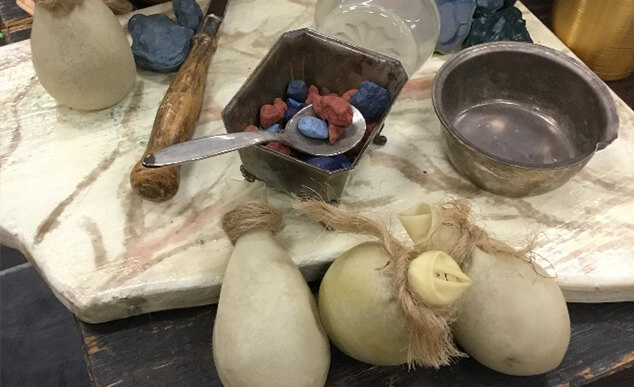
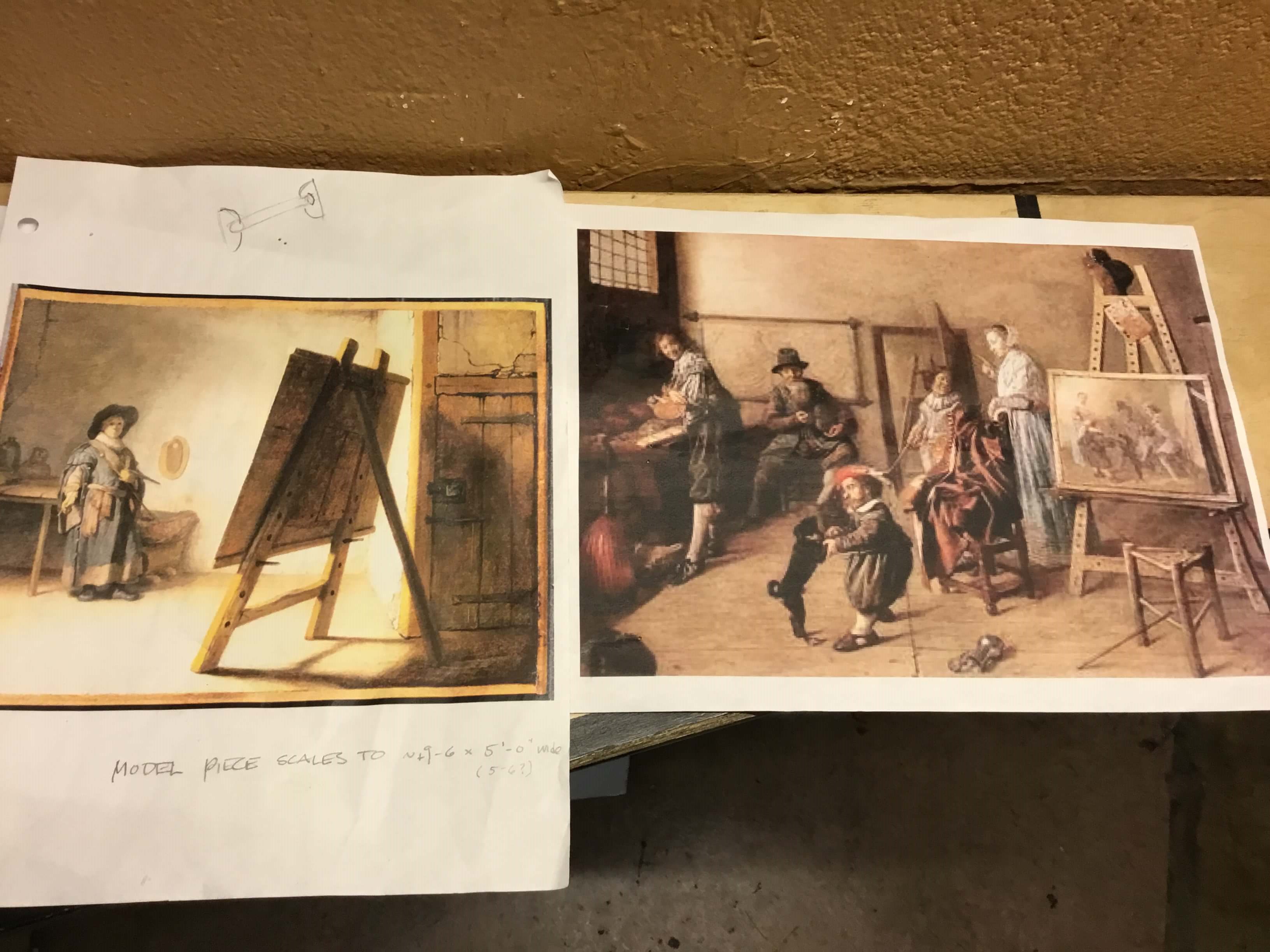
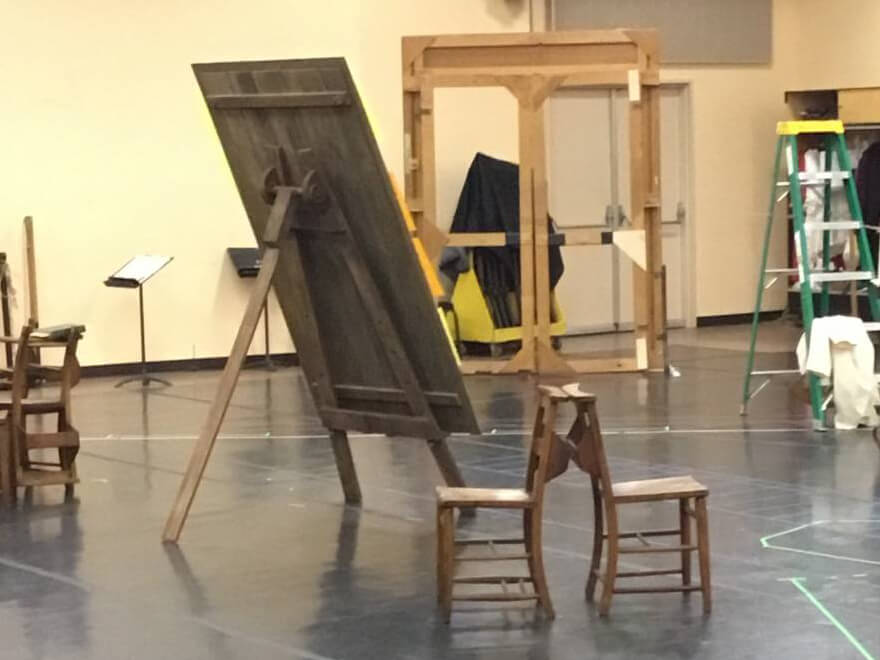
A few other fascinating props that are being worked on at the moment include:
• Prison log-books for the final act as Cavaradossi is condemned to die. Patricia Hewett on our props staff (you may recall her as one of the flying Valkyries!), is skilled in book-binding and she is creating authentically bound prison books using copies of actual prison logs of the time.
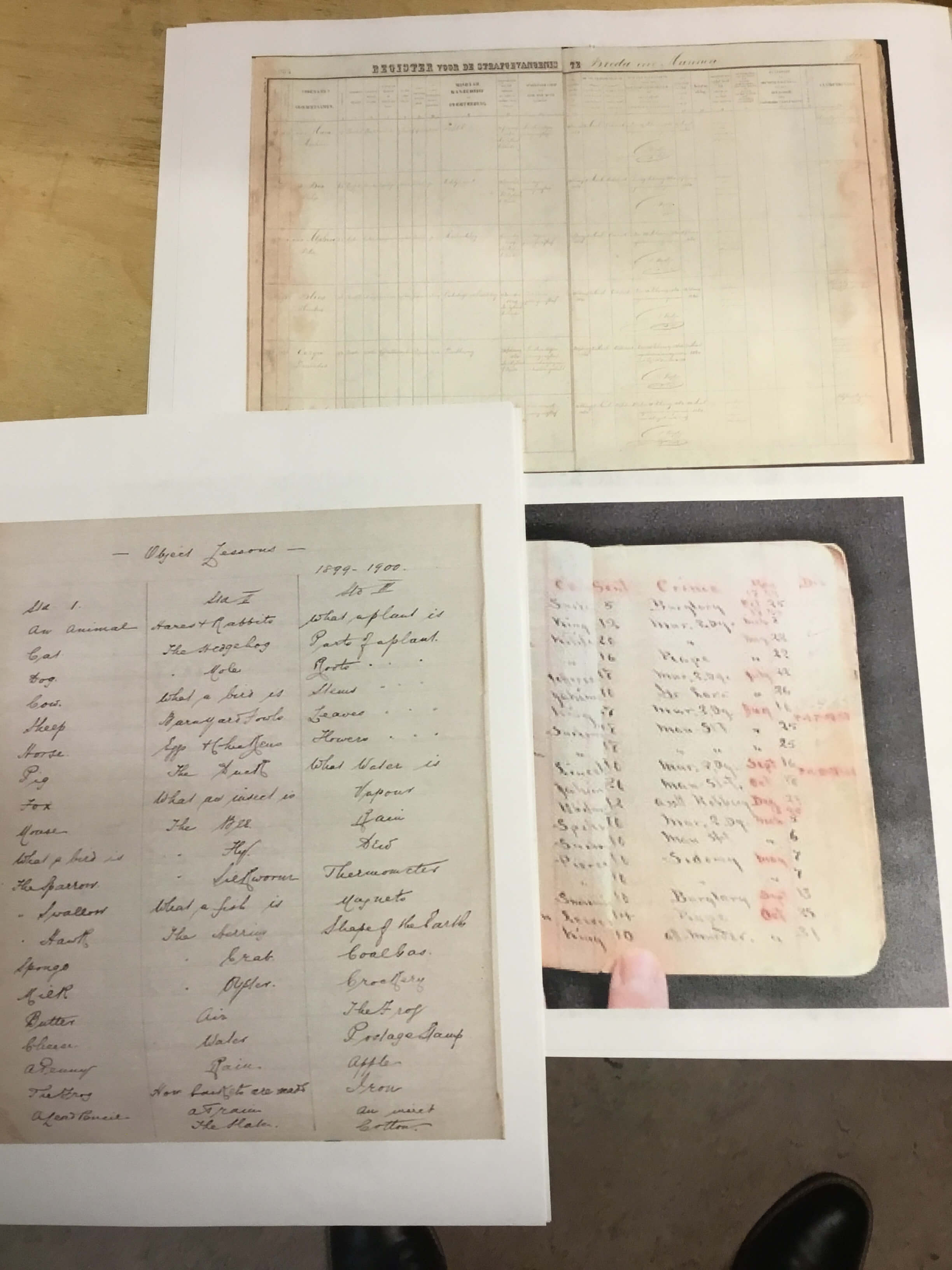
• The chairs for Scarpia’s office are close to being completed. They just now need upholstery nails, chosen in a burnished gold color by Robert Innes Hopkins to pull out the gold of the legs. The chair legs were pre-made and shipped here, but Lori asked the company not to assemble them first: it was much less expensive to ship them flat-pack and unassembled and then have the props team put them together here. The upholstery was then all done in-house in our crafts shop high in the fly tower.
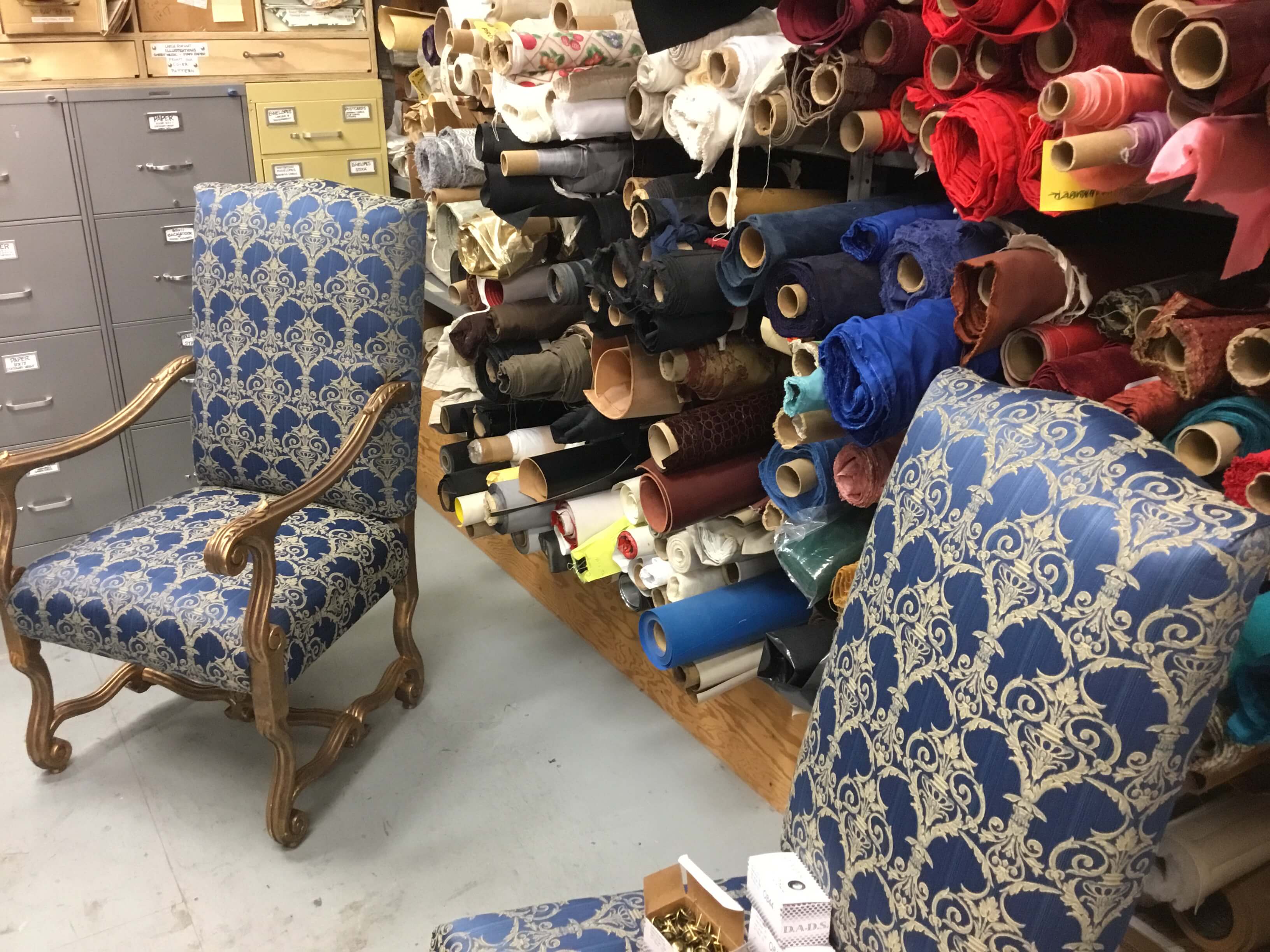
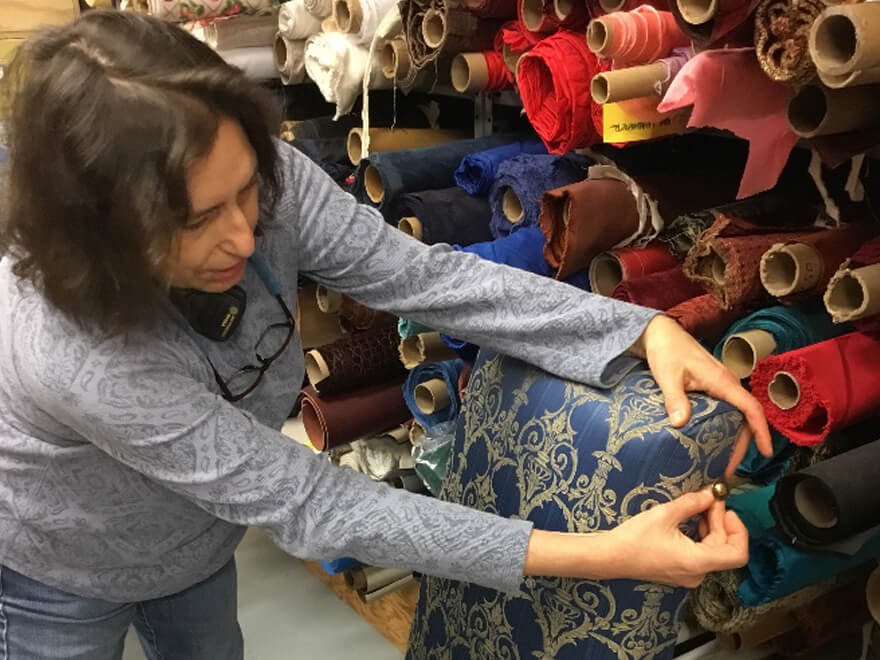
• The purchased little stool that Scarpia’s “guests” sit on in Act II when they’re talking with Scarpia ended up arriving much larger than it should have been. As a result, the props shop is having to take it apart, reuse the pieces, and recover it in leather, again in the upholstery/fabric shop in the fly tower. The idea is that this is a ‘stool of shame’ and the person sitting there is being made to feel miniscule by Scarpia in that moment.
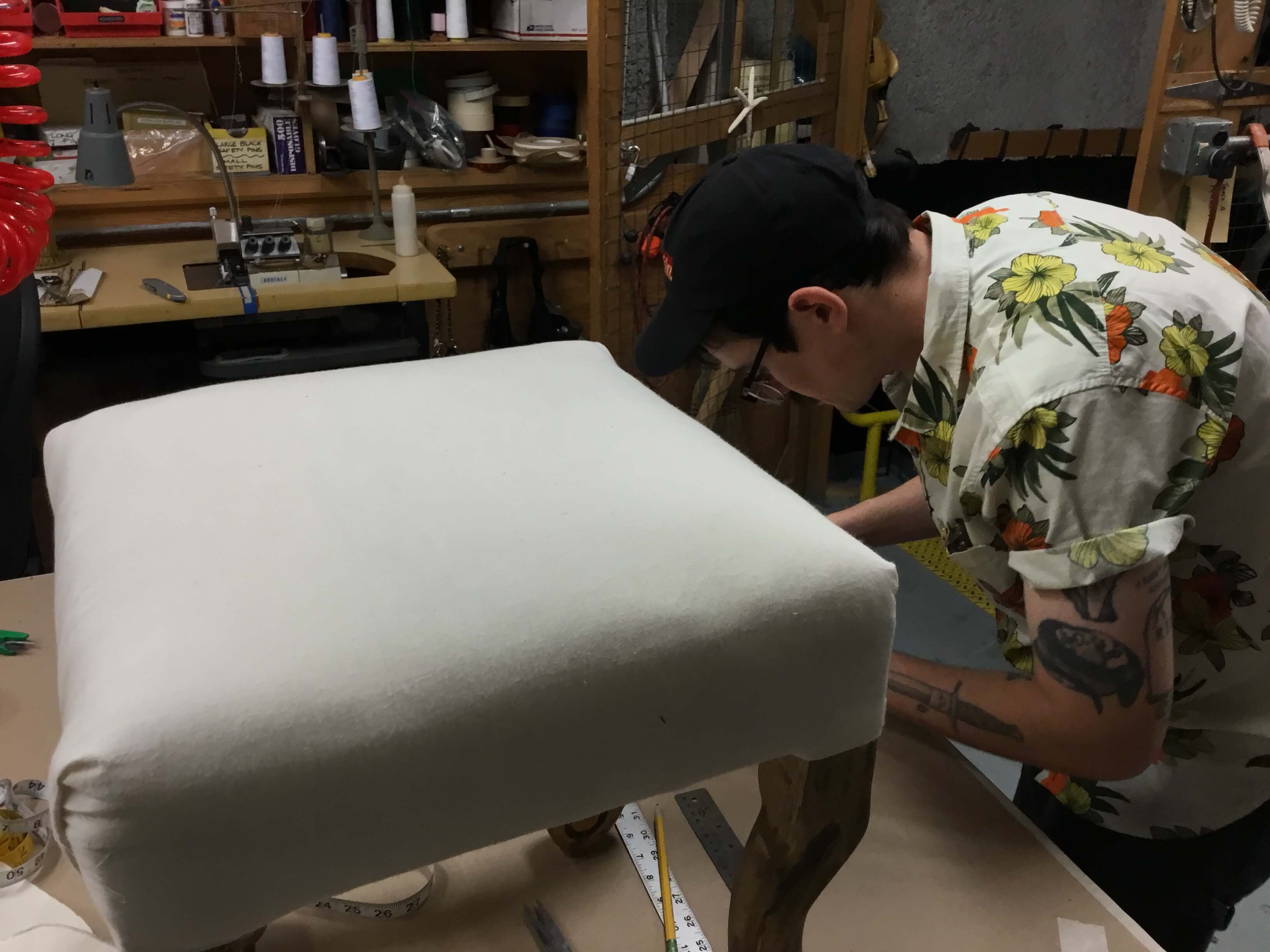
• The show called for an Italianate console table in Act II, and Lori found a perfect piece in an antique shop in San Francisco, but it was a real antique and way beyond the budget of the production. Working with the owner, she was able to photograph the table and the props shop is now creating it from scratch. The skills of the team are such that this is a much less expensive option than buying a real antique, and the quality will still be fantastic.

• On the subject of furniture, the chairs that are used for the church in Act I had to be sourced in England. They are single wooden chairs, the likes of which are ubiquitous in English churches and thus available second-hand quite inexpensively there. In America they are almost impossible to find, with American churches almost exclusively using long pews.

• In the upper prop shop in the attic of the opera house, prop artist Christy Carter was working on door handles for Scarpia’s office. As a great example of how the props department finds intriguing work-arounds, these are repurposed from curtain tie-backs, but are just the right size for the needs of the production!
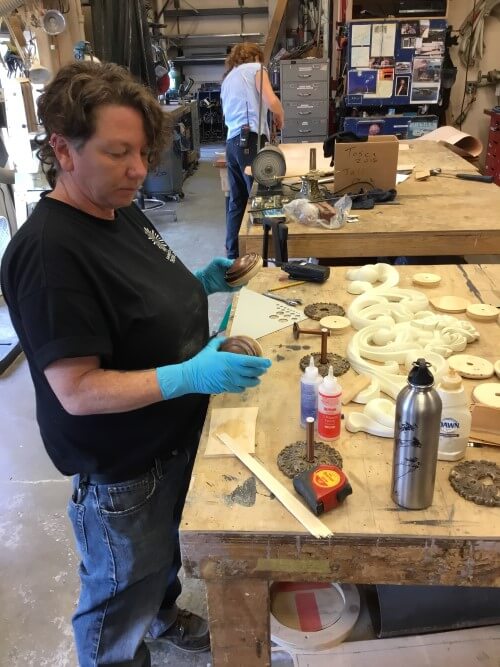
• Back in the fabric room, prop artist Monica Tse was making a fan for the Marquese Attavanti. In Tosca, Angelotti’s sister, the Marquese, is mentioned by name several times but we typically don’t see her. In this production we do! It was important to Shawna that this pivotal role be played out more, and Robert Innes Hopkins felt that her fan would likely have been a match to her dress.
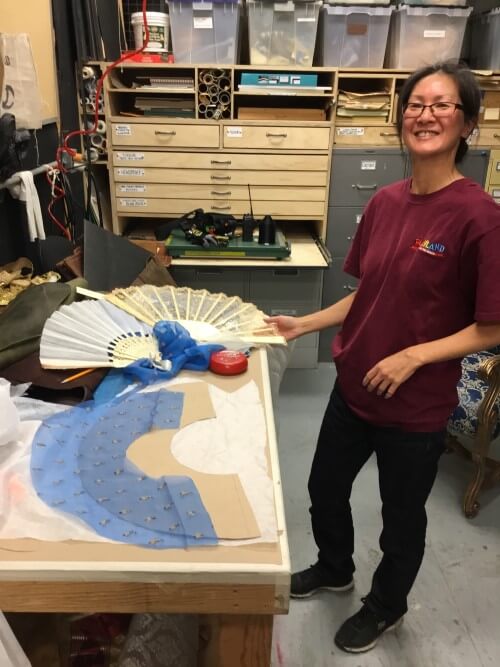
As designer Robert Innes Hopkins notes, Puccini operas are always intensive props shows. The level of detail and history is always so specific and important to the story-telling. He is a huge fan of Lori and her team, and the iterative process that they have together, solving problems, exploring options, delving into the research together and finding practical solutions.
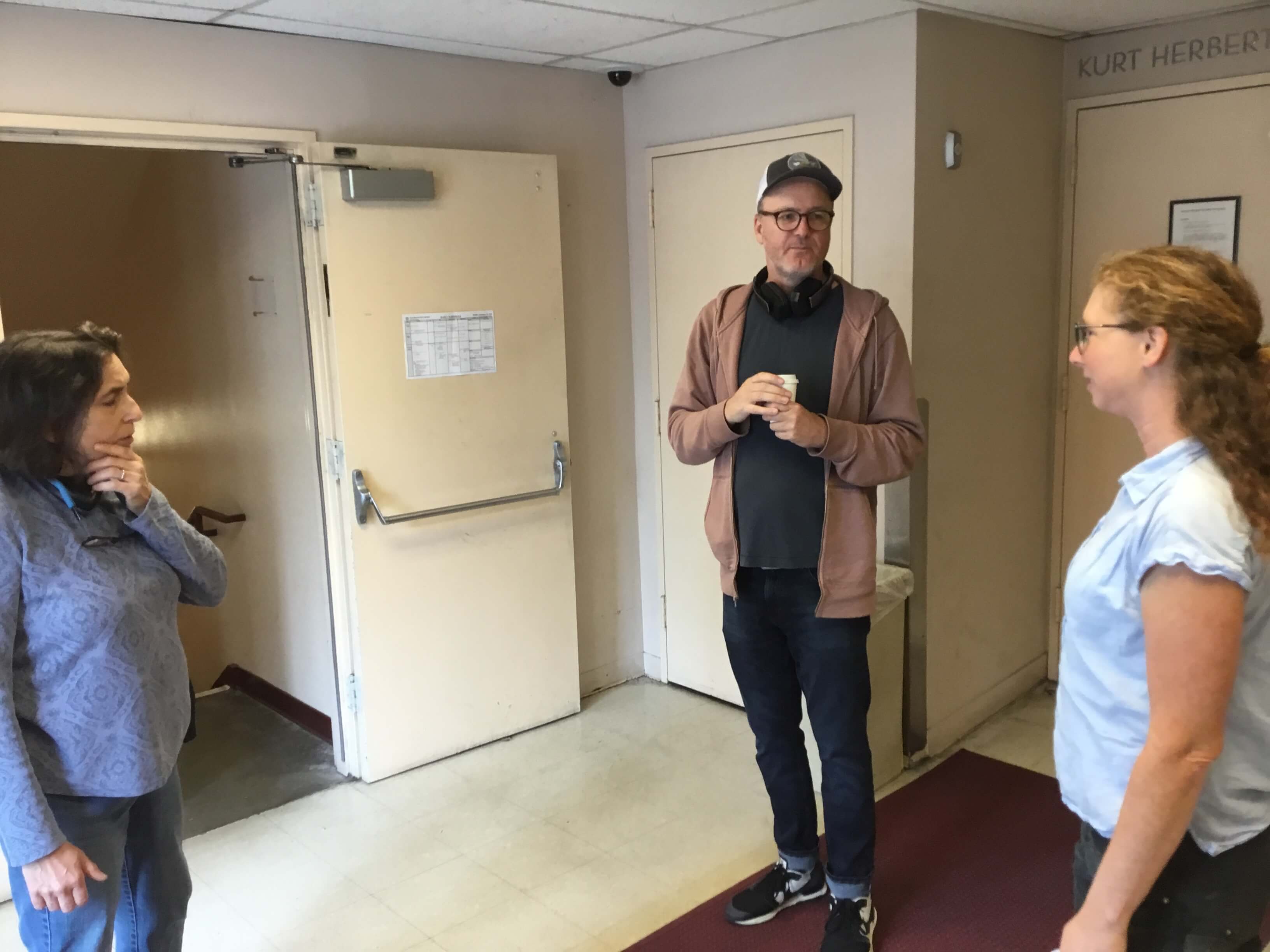

Although we are almost at opening night of Tosca, the piano dress today won’t have all of the finalized props. Some elements are still in the prototype phase as we see how they are used in rehearsals—what will ultimately be thrown to the ground and thus in need of reinforcement, how will the votive holders be used in the Attavanti chapel, etc. But in just under two weeks all these questions will be solved, and when the curtain rises, you will see the incredibly authentic, beautiful and lasting props that will become such an important part of our new Tosca. I can’t wait for us to share it with you!
